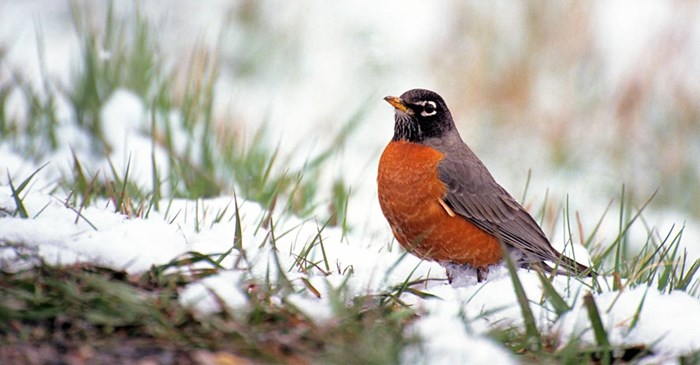Peak migration doesn’t arrive until mid-May, but that doesn’t mean there are no songbirds on the move in February and March, especially if the conditions are right.
American Robin
This red-breasted thrush is the king of the early birds, at least in our minds. Should you spy one in February, it’s quite the event. Don’t be surprised if you find a large flock settling on a crabapple tree, foraging for withered fruits still clinging to the twigs. Starting in mid-to-late March, they start becoming very active, calling and singing at dawn, busily establishing nesting territories, and settling on their mates.
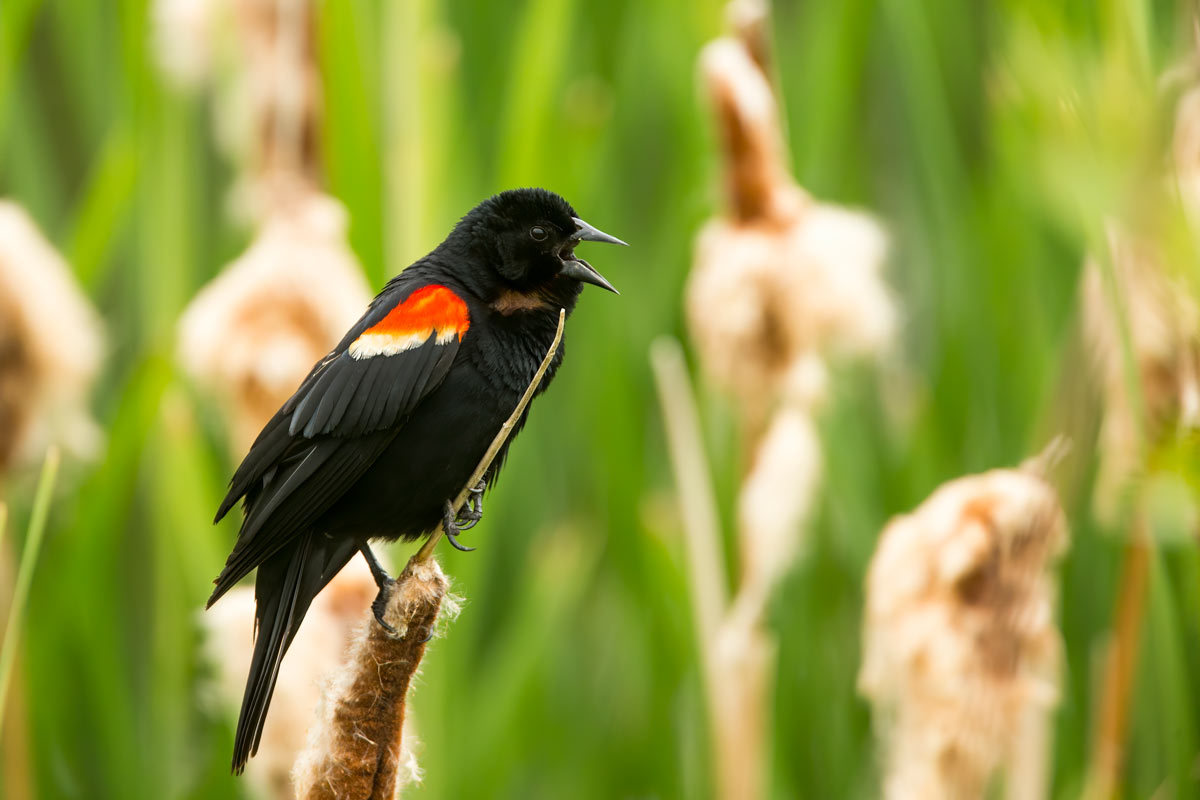
You can find Red-winged Blackbirds around marshlands as they start to migrate north in February and March. BrendaLawlor / iStock / Getty Images Plus
Red-winged Blackbird
A close second on the list of sign-of-spring birds is the Red-winged Blackbird. They nest in marshlands throughout the U.S., but males start appearing in northern states and Canada in late February, early March. Between March and May, the marshes, swamps, and reedy waterways are filled with their trilling songs. They nest in close quarters, but it’s a competitive space, as males focus almost entirely on defending their nests and mates from invaders, while the females incubate eggs and feed their young.
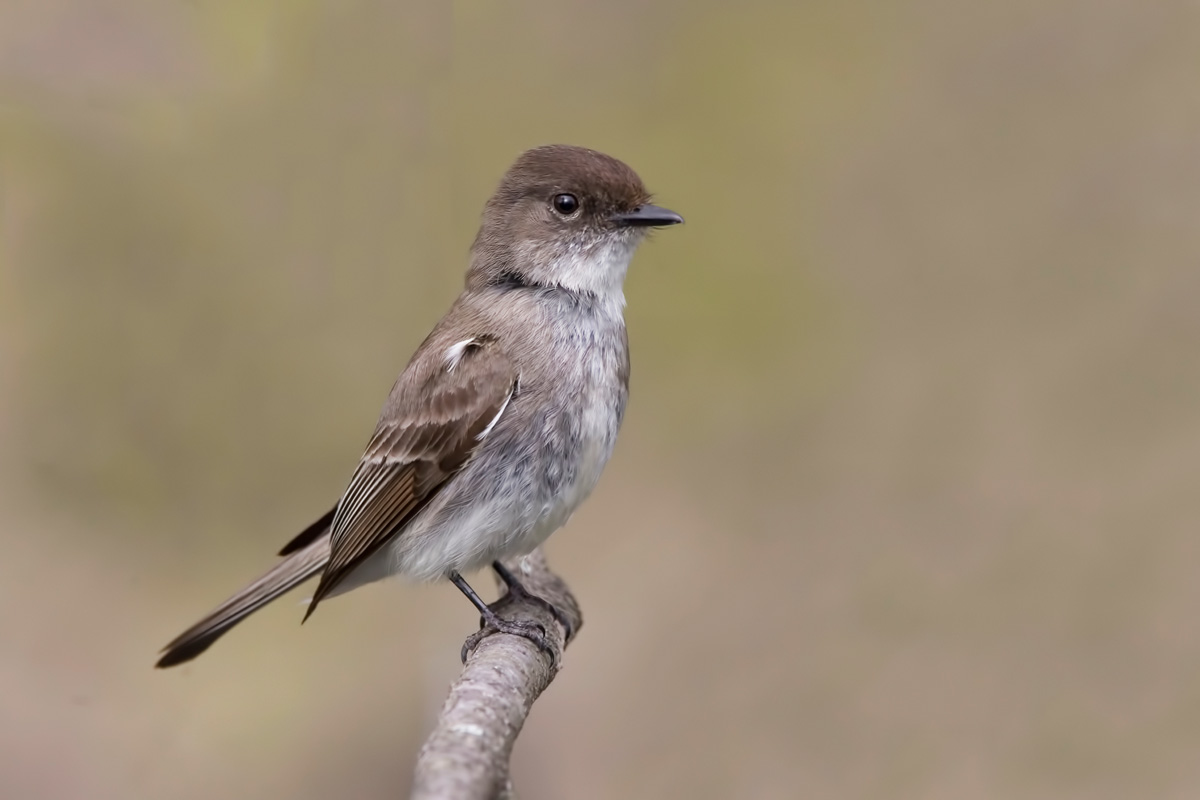
The Eastern Phoebe is a small bird with a raspy song that can be seen heading north as early as February. hstiver / iStock / Getty Images Plus
Eastern Phoebe
The rapid, raspy spring song of the phoebe is an early signal that warm weather awaits. As this flycatcher makes its way north starting as early as February, it subsists on fruits and small seeds until the insects re-emerge. Soon, they’ll be getting to work in constructing their mud and grass nests on the eaves of homes, under decks and bridges, and other convenient man-made nooks.
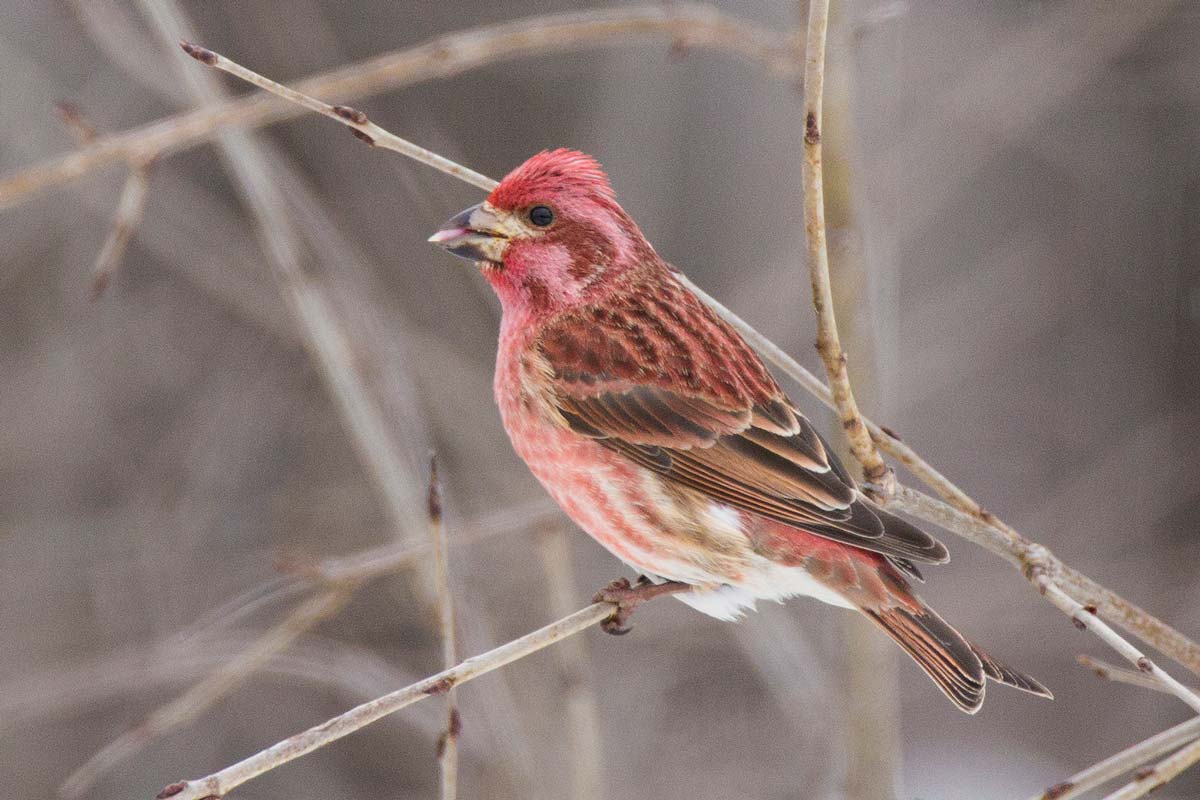
The Purple Finch is a frequent feeder bird as they migrate before spring. mirceax / iStock / Getty Images Plus
Purple Finch
This purple-red bird prefers year-round living in the far north but is occasionally a snowbird to access more abundant food options. They begin stirring in early February for the journey home. If they spy your feeder, they’ll probably stop in for an energy break.
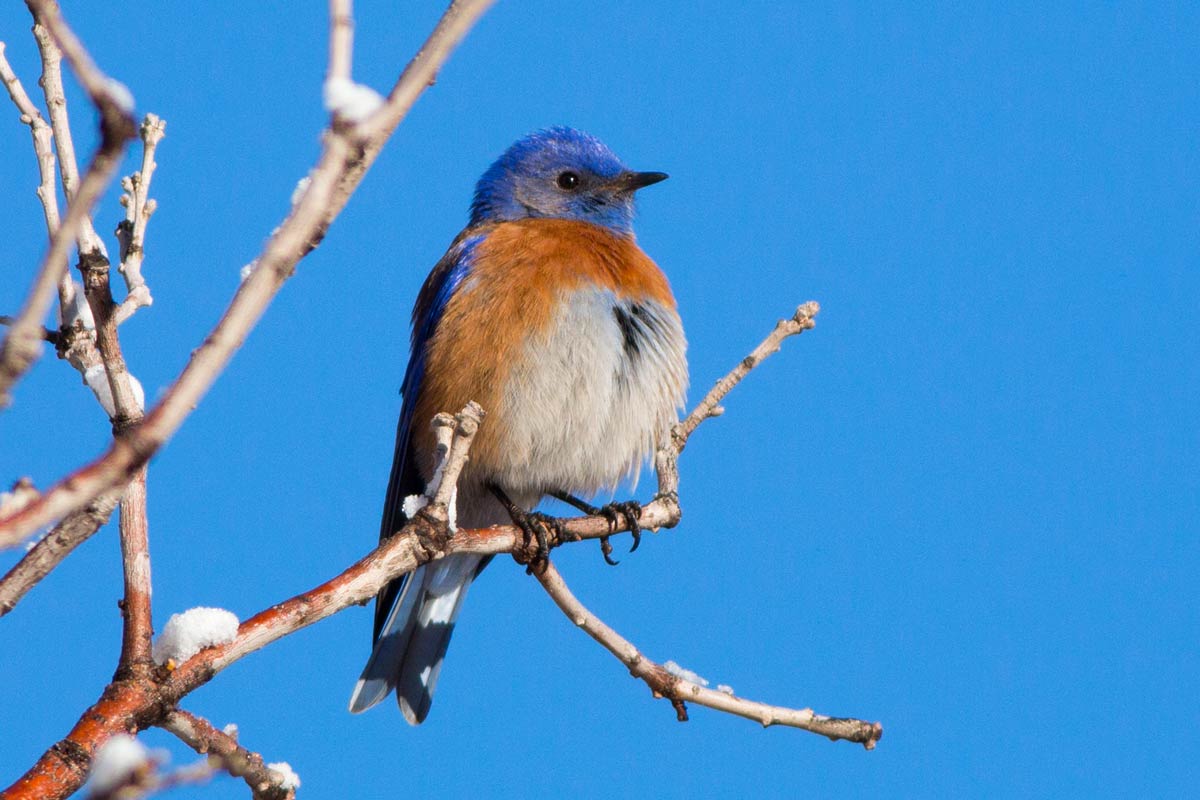
If you have a nesting box, you may get a visit from a Western Bluebird before spring arrives. SweetyMommy / iStock / Getty Images Plus
Bluebirds
Whether you’re talking about the Eastern Bluebird, Western Bluebird, or the Mountain Bluebird, some of these short-distance migrants may reappear in early March, though peak migration occurs in April. Foraging for fruit and huddling in nesting boxes lets them ride out an arctic freeze. If you live near a wooded area, install your nesting box early to attract a breeding pair. Also, look to install a feeder. Bluebirds are found at feeders enjoying bird seed mixes, as well as feeders filled with mealworms.
Now that you know that some spring arrivals actually show up when it’s still technically winter, keep your eyes and ears open. Lyric Fine Tunes is an ideal mix to use this time of year because its finely cut seeds and nuts can entice small-beaked insect-eating species to stop in for a snack.
